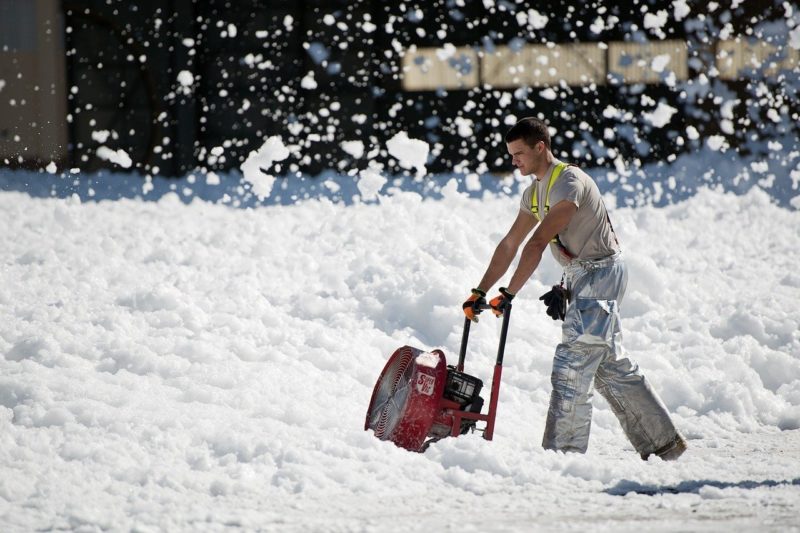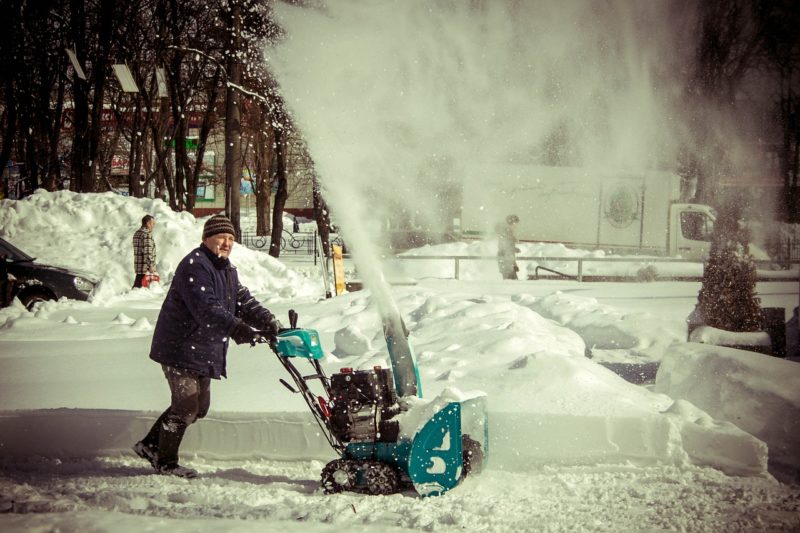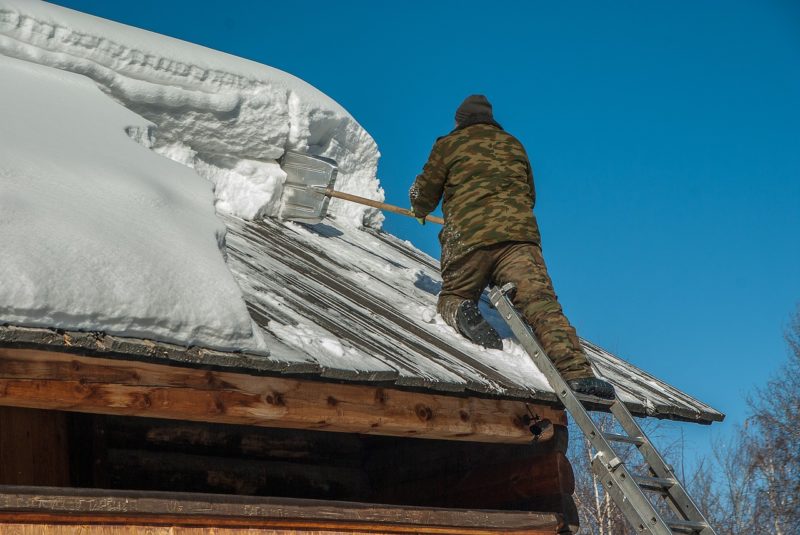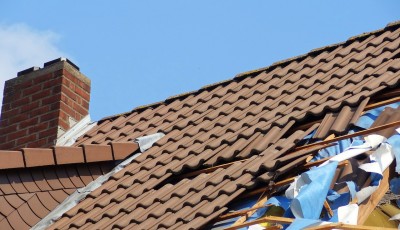Clean up Snow on Your Driveway with These Helpful Tools
As the end of the year comes to a close, weather predictions are officially in. According to the Farmers’ Almanac, 2020, this coming winter is being described as a “Polar Coaster” full of ups and downs on the thermometer. With colder than normal temperatures, the long-range forecast says you can expect a good amount of snow coming in. So, it’s time to get ready and gear up to handle winter snow and get it out of your driveway. Thoughts of hot chocolate, warm fireplaces, chestnuts, and other winter images give us a fuzzy feeling in our hearts when we think about this season. But images of the back-breaking chore of clearing up the snow on a driveway are nightmarish. Many times, it becomes a daily chore making it a real nuisance and a very tiring task, but one that must be done.
We live in an age where businesses want to manufacture and sell new and updated tools, gear, equipment, and machinery for all aspects of our life. We, in turn, are looking for ways to make our lives easier; especially when it comes to snow shoveling! Since getting stuck in your driveway because of snow can never be a good thing, let’s take a look at the best tools you can use for snow cleaning.
Electric shovel:
Basically, they do what you would do with a shovel, but electrically. Like any other item, battery-powered or cordless snow shovels have their pros and cons. They typically come corded or battery operated. Cordless means you don’t have to have a power cord limiting you to a certain distance, but you do need to charge a battery-powered one which means limited charge. Most of them will handle 6 inches of snowfall, but you’d probably want to check higher-ended models if you have deeper snowfall or larger than the average driveway. You also might want to choose a machine that suits your strength and size since they vary greatly, where some are as light as 13 pounds, while others are heavy and bulky.
Shovel attachment:
If you like the workout that a regular shovel gives you, you can at least get some shovel attachments that makes shoveling easier, so they could be on your list of the best tools. They’re easy to attach and put much less strain on your back. There are several on the market that allows you to take your favorite shovel and make it better by attaching a removable handle in a spot of your choice to get a better hand position.
Snow blower:
Several new features added to snow blowers will blow your mind. Push button power steering, heated hand grips, headlights, and airless tires are just some high-end features you can find on different models. It’s a no-brainer that this is the easiest way to clear snow, most especially in your driveway. If you’re planning to buy one, do so early while you can still get good prices on different snowblowers, because once the first snowfall begins, don’t expect any deals because the best ones in efficiency and cost are sold quickly, and it can take some time to restock. Checking online reviews wouldn’t hurt either.
Single-stage machines are designed to handle average snowfalls of about 6 inches; up to 2 cars wide x 2 cars long. They will break up and remove compacted snow as long as you get to it before it turns to ice. Two-stage snow blowers are designed to handle snowfall depths up to 12 inches on larger driveways. There are three-staged models that can remove heavy snow almost 50% faster than the same size two-stage machine. Three-stage snow blowers are designed for heavy snowfall depths up to 18 inches. When you’re choosing a snow blower, put the size of your driveway into consideration, the average amount of snowfall you usually witness, and the type of snow. For instance, one-staged models don’t do well on wet and sticky snow.
Snow thrower:
Some people use the word snow blowers and snow thrower interchangeably, but they’re not one, and they don’t work the same way. A “snow thrower” is the single stage snow blowers. They don’t blow the snow, but literally throw it out of the chute, lift and throw. Snow throwers are typically smaller and less expensive than snow blowers. They work well enough for light snow but don’t depend on them for large areas that receive blankets of snow.
Roof rakes:
Accumulated snow on the roof is a common issue and needs to be dealt with before it causes damage to your roof and becomes a hazard because of ice dams. If the weight of the snow exceeds the roof’s snow load rating, the roof could very well collapse, so that’s how serious it could get. The warning signs of a roof collapse include interior sagging ceilings, consistent creaking noises, difficulty opening, and closing windows and doors, and more.
Roof rakes come with long handles to rake the snow down safely to the ground, but that’s just the basics. You have to choose a good one because a poorly made one can damage roof shingles. Generally, all good roof rakes should have:
- Small rollers or wheels near the blade of the rake: This is to keep the blade of the rake off the roof to prevent damage.
- Slight handle bend: One without a bend means you can only move back and forth, so a bend gives you more agility.
- Plastic: When it comes to cleaning snow from the roof, plastic is better than metal, in the case of scraping too hard.
- Telescoping features: Think about purchasing one with telescoping features in order to reach the farthest parts of your roof, all the way up to the peak.
It’s common to have more than one tool for dealing with snowfalls, so don’t get left out in the cold by not checking out these tools! When snowfall is heavy, you won’t just have to get the snow out of the way every day, but sometimes you’ll do so every few hours. If that’s the type of region you live in, you have to make the best out of some of the finest and most practical tools you’ll need for a heavy winter snow.














